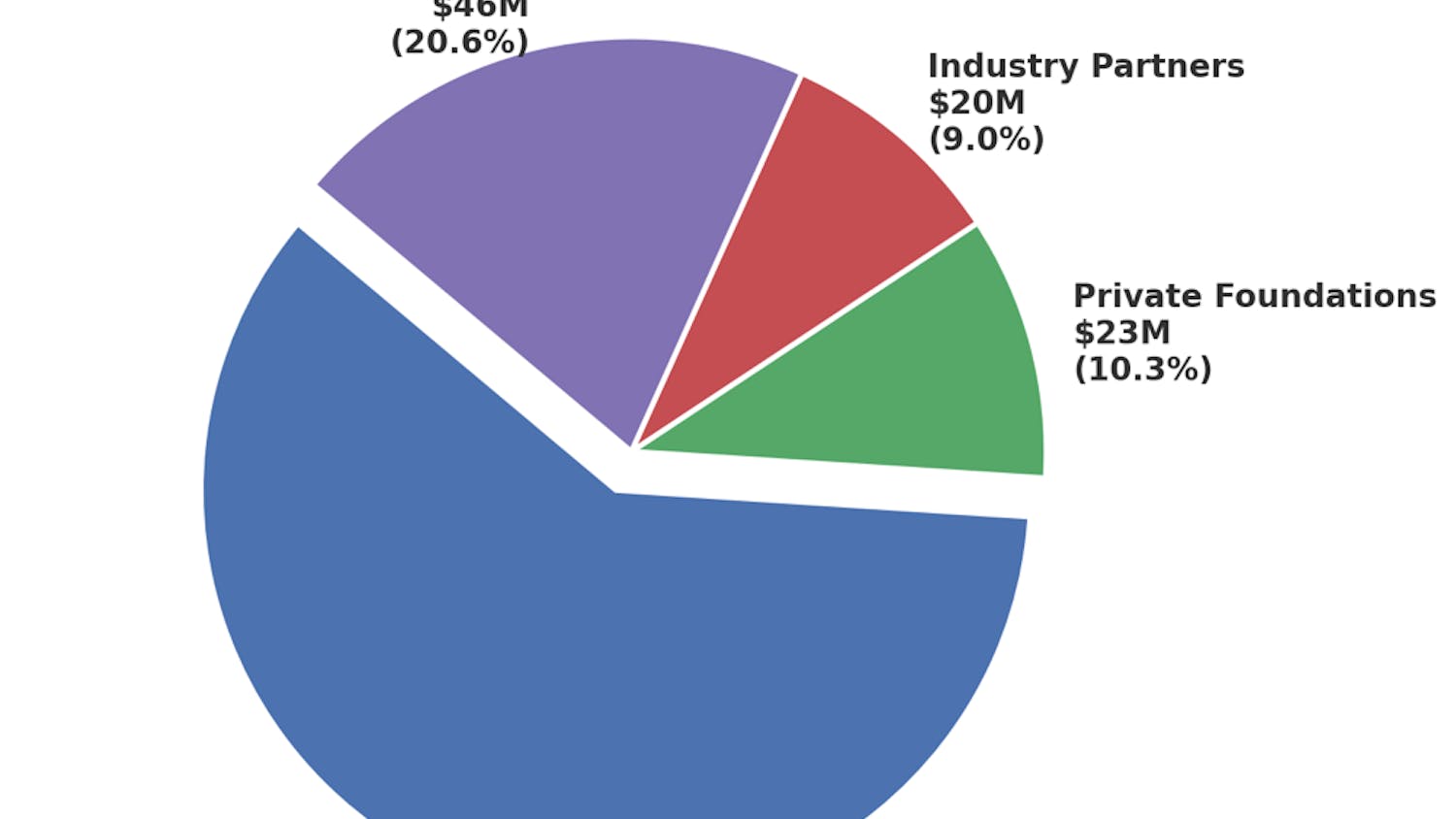
In the last decade or so, a new genre of celebrity has materialized in the realm of American pop culture — and maybe it says something about the state of our nation that this new form of fame is characterized almost exclusively by its deep, profound sadness.
You know the type — a few of the sad celeb ringleaders might just be mainstays in your private Spotify playlists. Mitski, Phoebe Bridgers, Lorde, Billie Eilish and Lana Del Rey might come to mind. The world might suck, but the sad pop girls turn dread and despair into iconic lyrics and pretty melodies, so maybe things aren’t so bad.
But what happens when the sad pop girls get happy?
This isn’t a hypothetical. You’ve heard of Rihanna’s third studio album “Good Girl Gone Bad”; now get ready for “sad girl gone glad.” Following in the footsteps of Lana and Billie, Lorde became the latest pop star to shock audiences with the release of uncharacteristically happy music. After two albums of melancholy and melodrama, Lorde’s “Solar Power” traded her discography’s typical settings — lonely suburb streets and hectic house parties — for a quiet, contemplative seaside view.
And fans hated her for it.
In the days following the album’s release, Twitter was flooded with fans mourning the loss of the Lorde they knew: “2013 Lorde would have hated 2021 Lorde”; “All of these happy lyrics are so corny”; “I liked her better when she was depressed.”
But this hatred of Lorde’s newfound happiness didn’t just fester in the depths of Lorde stan Twitter — it even seeped into the world of professional criticism. “You have to act so dumb to be happy, nowadays,” Pitchfork writer Anna Gaca wrote in her review of “Solar Power,” awarding the album a 6.8 out of 10, the lowest score Lorde has ever received from the publication.
But why are modern pop audiences so averse to the happiness of their idols?
Let’s get the most obvious answer out of the way first: There’s likely a strong element of misogyny at play here. A host of male artists and male-led groups have changed their style in similar ways — Panic! at the Disco and Fall Out Boy both swapped their signature emo sounds for more positive pop in the early 2010s — but none were met with the same level of public dissension. The gender discrepancy is clear, and it’s our society’s selfish way of denying female artists the same space for emotional development as their male counterparts.
Additionally, many longtime fans who deeply resonated with these artists’ formerly sorrowful themes might see this sad-to-glad shift as a personal betrayal. For years, they found solace and support in the relatable words of sad pop girls — but when the idols get happy and the fans are still sad, they might feel like they’re being left behind. It’s an unfortunate consequence of the parasocial relationships many fans form with modern-day pop stars.
For others, this hatred of happiness might be a byproduct of envy — a similar feeling of abandonment, but instead within the context of class and social status. For many of these newly happy artists, their albums’ aesthetics of joy and relaxation inevitably become entangled with symbols of high status: Lorde is at the beach; Lana is laughing with her friends at the country club; Phoebe is on the balcony of an ornate, all-white Victorian mansion; Billie, before she’s on a rooftop getting her badass closure moment, is lounging in a lavish living room with pastel walls.
Aside from the artists’ upbeat moods, each of these scenes contains an undeniable essence of opulence and comfort, a significant departure from the grimy, graceless settings of albums past: fiery cityscapes, low-quality green screen scenes, shadowy rooms filled with cigarette smoke. When artists’ moods change from sad to happy — and their aesthetics from gritty to gaudy — fans lacking both happiness and affluence have a lot more to be envious of, even on a subconscious level. They’re envious not only of the pop girls’ upbeat moods, but also of the lavish lifestyles they’re presenting — and they’re especially envious of how the latter might make the former easier to achieve.
This phenomenon might also be a repercussion of the often-reductive ways our society views art. For many, sadness and other negative emotions are perceived as inherently more “artistic” than positive emotions — think of our society’s venerable view of the archetypal “tortured artist,” or the A24-obsessed film major who praises art on the basis of how much it traumatized him. In the eyes of many critics, human anguish is almost synonymous with artistic value.
But happiness is also artistic. It’s a fundamental part of the human condition, and it’s a driving force of some of the best and most moving works across our world’s artistic canon. So, teach yourself to stop romanticizing sadness. Remember that artists are allowed to develop emotionally, just as the rest of us are. Learn to appreciate happiness as the beautiful force that it is — not as something inherently “cheesy” or “corny.”
And please, for the love of God, let the sad pop girls be happy. They’ve been through enough already.
From Lana to Lorde: Why the internet hates the ‘sad girl gone glad’
Claire Kirner | The Observer
Claire Kirner | The Observer









